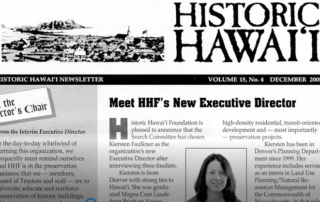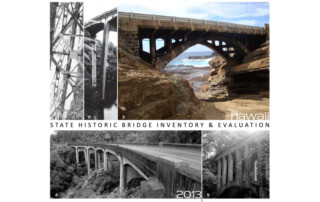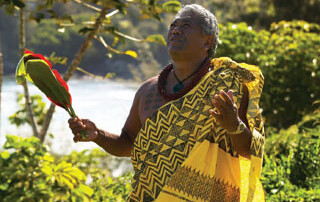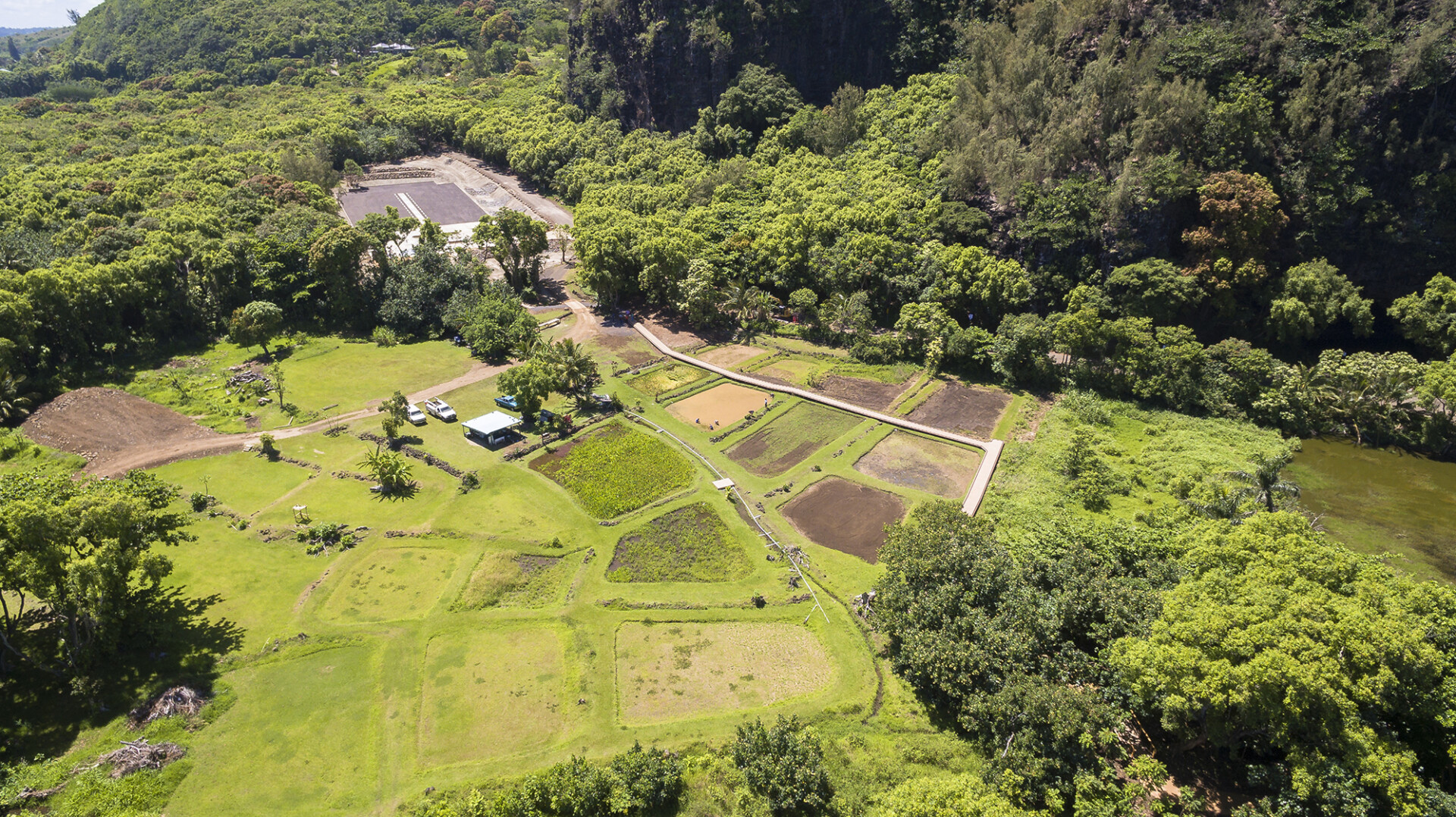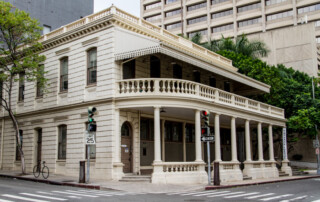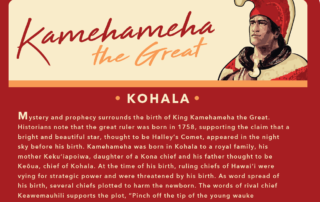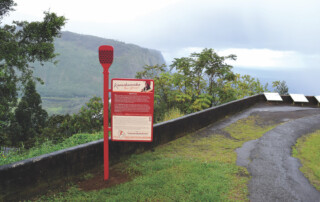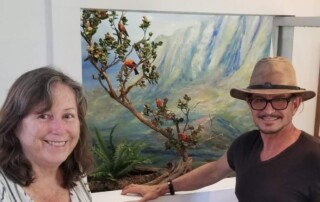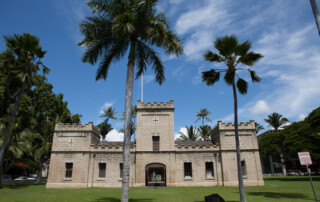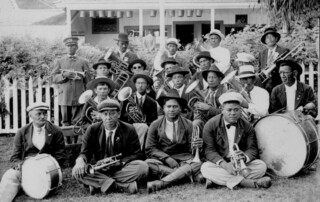Historic Hawai‘i Foundation is thrilled to be presenting the Ho’okaulike Interpretive Signage with an Achievement in Interpretive Media Preservation Honor Award. This project shares the legacy of King Kamehameha I through interpretive markers at specific sites associated with his legacy on Hawai‘i Island. The markers, located in Kohala, Hilo, Laupahoehoe, Waipi‘o Valley, Kohala, Kealakekua, Kahalu‘u, and Kailua, explain the historical significance of each site, marking milestones in the king's life from birth to death: 1758 (est.) Birth of Kamehameha, taken to Awini 1779 Meets Captain James Cook 1784 Fishermen attacked in Puna, inspired Kānāwai Māmalahoe, Law of the Splintered Paddle 1791 Kamehameha leads first recorded navel battle in Hawaiian history 1794-6 Kamehameha moves full time to Hilo and begins building canoe fleet 1812 Kamehameha the Great returns to Kamakahonu in Kona 1816 Russian ship Rurick anchors in Kailua Bay; Kamehameha the Great portrait commissioned 1819 Death of King Kamehameha Ross Wilson, President of Current Events stated, "The County of Hawai‘i launched the Ho’okaulike Interpretive Signage project Kamehameha Dynasty initiative to ensure the unique sense of place and the appropriate recognition of our host culture." The goal of these signs is to educate visitors and residents on the places, people, and stories associated with one of Hawai‘i’s greatest leaders. The Kamehameha Dynasty is a rich history that is significant to our culture and community here in Hawai‘i. The Interpretive Signage creates a visual timeline for even the casual passerby to learn from. The Interpretive Signage content has been translated into 5 languages other than English (traditional Chinese, Japanese, Korean, German, and Hawaiian). They are all accessible via QR Codes. This will allow a diverse amount of people to learn about these sites and understand their historical [...]


